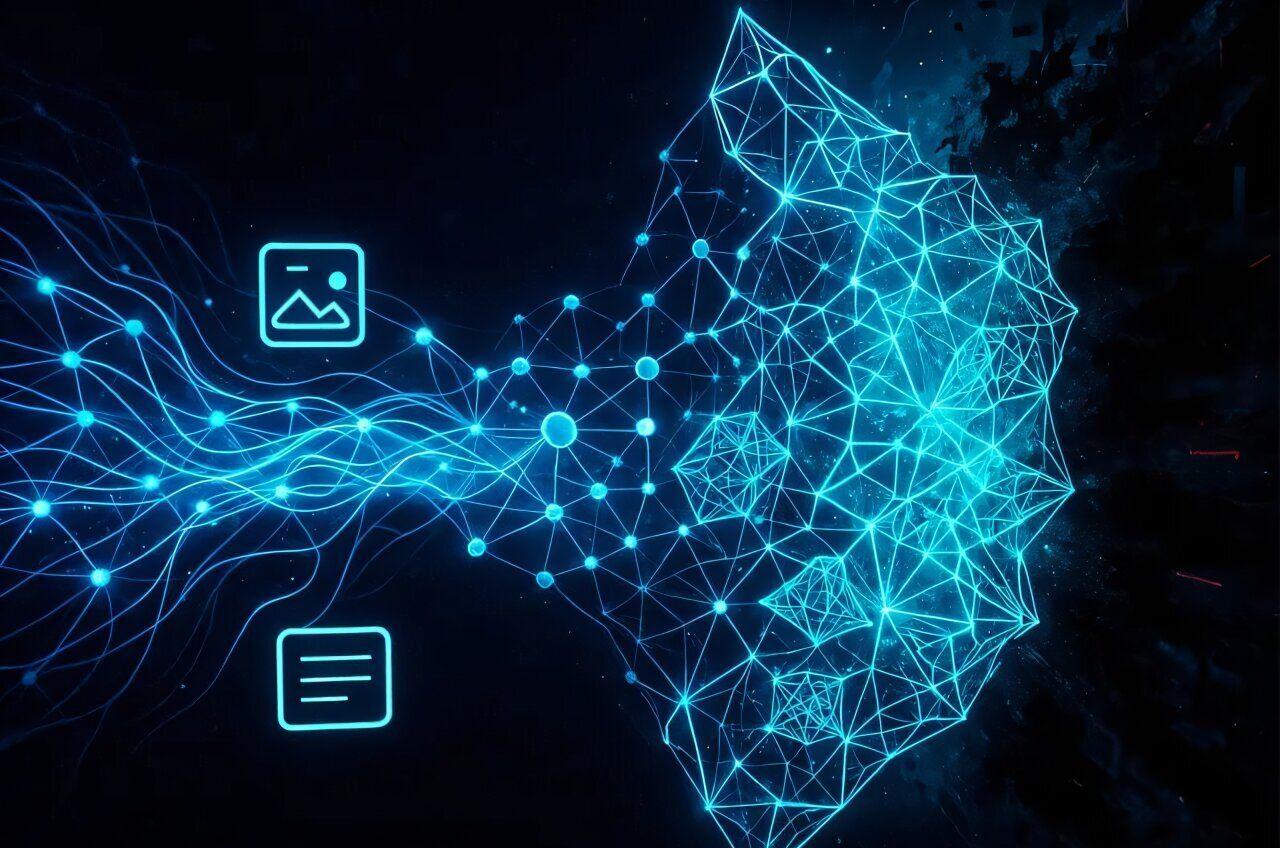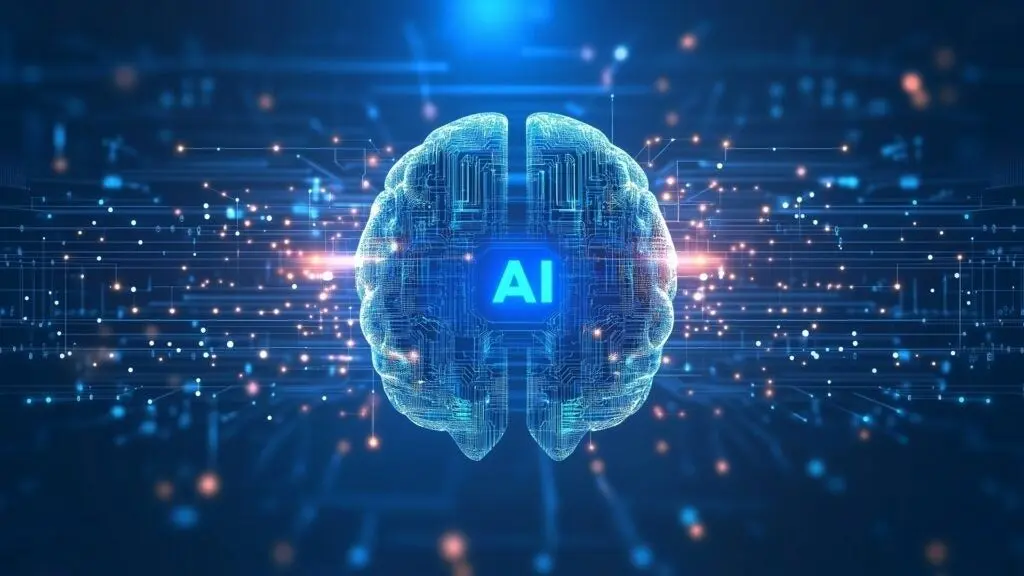Multi-Label Classification: A New Approach to AI Object Recognition
2 Sources
2 Sources
[1]
Multi-label classification in AI: A new path for object recognition
Image classification is one of AI's most common tasks, where a system is required to recognize an object from a given image. Yet real life requires us to recognize not a single standalone object but rather multiple objects appearing together in a given image. This reality raises the question: what is the best strategy to tackle multi-object classification? The common approach is to detect each object individually and then classify them. But new research challenges this customary approach to multi-object classification tasks. In an article published today in Physica A: Statistical Mechanics and its Applications, researchers from Bar-Ilan University in Israel show how classifying objects together, through a process known as Multi-Label Classification (MLC), can surpass the common detection-based classification. "Detection requires recognizing each object individually and then performing the classification on each of these objects individually," said Prof. Ido Kanter, of Bar-Ilan's Department of Physics and Gonda (Goldschmied) Multidisciplinary Brain Research Center, who led the research. "Even with assuming perfect identification, the network will need to correctly classify each object independently whereas with MLC object combinations are classified together and not separately." "This new method allows the network to learn correlations between objects that appear together, which makes them more recognizable," said Ph.D. student Ronit Gross, a key contributor to this research. "Learning combinations, rather than just single objects, can yield better results when the network is required to recognize multiple objects. This new understanding can pave the way for AI which can better recognize object combinations in a single image." These results question the current understanding of how multiple objects are recognized and can improve real-life applications, such as autonomous vehicles which require analyzing many objects presented together at any given moment.
[2]
The best AI strategy to recognize multiple objects | Newswise
Multilabel classification outperforms detection-based technique Image classification is one of AI's most common tasks, where a system is required to recognize an object from a given image. Yet real life requires us to recognize not a single standalone object but rather multiple objects appearing together in a given image. This reality raises the question: what is the best strategy to tackle multi-object classification? The common approach is to detect each object individually and then classify them. But new research challenges this customary approach to multi-object classification tasks. In an article published today in Physica A, researchers from Bar-Ilan University in Israel show how classifying objects together, through a process known as Multi-Label Classification (MLC), can surpass the common detection-based classification. "Detection requires recognizing each object individually and then performing the classification on each of these objects individually," said Prof. Ido Kanter, of Bar-Ilan's Department of Physics and Gonda (Goldschmied) Multidisciplinary Brain Research Center, who led the research. "Even with assuming perfect identification, the network will need to correctly classify each object independently whereas with MLC object combinations are classified together and not separately." "This new method allows the network to learn correlations between objects that appear together, which makes them more recognizable," said PhD student Ronit Gross, a key contributor to this research. "Learning combinations, rather than just single objects, can yield better results when the network is required to recognize multiple objects. This new understanding can pave the way for AI which can better recognize object combinations in a single image," she added. These results question the current understanding of how multiple objects are recognized and can improve real-life applications, such as autonomous vehicles which require analyzing many objects presented together at any given moment.
Share
Share
Copy Link
Researchers from Bar-Ilan University propose a novel method for recognizing multiple objects in images using Multi-Label Classification, challenging the traditional detection-based approach in AI.

Challenging Traditional Object Recognition in AI
Researchers from Bar-Ilan University in Israel have introduced a groundbreaking approach to multi-object recognition in artificial intelligence (AI). The study, published in Physica A: Statistical Mechanics and its Applications, proposes that Multi-Label Classification (MLC) could outperform the conventional detection-based classification method for recognizing multiple objects in a single image
1
.The Limitations of Current Approaches
Image classification is a fundamental task in AI, typically focused on recognizing a single object in an image. However, real-world scenarios often require the identification of multiple objects simultaneously. The traditional approach involves detecting each object individually and then classifying them separately. This method, while common, may not be the most efficient or accurate for complex, multi-object scenes
2
.Multi-Label Classification: A New Paradigm
The research team, led by Professor Ido Kanter from Bar-Ilan's Department of Physics and Gonda (Goldschmied) Multidisciplinary Brain Research Center, argues that MLC offers significant advantages over the detection-based approach. In MLC, object combinations are classified together rather than separately, allowing the AI to learn and recognize correlations between objects that frequently appear together
1
.Key Advantages of MLC
-
Correlation Learning: MLC enables the AI network to identify relationships between objects commonly found together, enhancing overall recognition capabilities.
-
Efficiency: By classifying object combinations rather than individual items, MLC potentially reduces the computational load and improves accuracy.
-
Contextual Understanding: This approach may lead to better contextual understanding of scenes, mimicking human perception more closely.
Related Stories
Implications for AI Applications
Ph.D. student Ronit Gross, a key contributor to the study, emphasized the potential of this new method: "Learning combinations, rather than just single objects, can yield better results when the network is required to recognize multiple objects. This new understanding can pave the way for AI which can better recognize object combinations in a single image"
2
.The findings have significant implications for various AI applications, particularly in fields requiring real-time analysis of complex visual scenes. Autonomous vehicles, for instance, could benefit greatly from this approach, as they need to simultaneously analyze numerous objects in their environment
1
.Challenging Current Paradigms
This research not only introduces a novel technique but also questions the fundamental understanding of how multiple objects are recognized in AI systems. As AI continues to evolve and integrate more deeply into various aspects of daily life, such advancements in object recognition could lead to more sophisticated and human-like AI perception capabilities.
References
Summarized by
Navi
Related Stories
Brain-Inspired AI Breakthrough: Lp-Convolution Enhances Machine Vision
23 Apr 2025•Science and Research

AI Robots Integrate Touch and Vision for Human-Like Object Manipulation
04 Sept 2025•Technology

Los Alamos Researchers Develop Topological Approach to Detect Adversarial Attacks in Multimodal AI Systems
05 Aug 2025•Science and Research

Recent Highlights
1
Google launches Gemini 3 Flash as default AI model, delivering speed with Pro-grade reasoning
Technology

2
OpenAI launches GPT Image 1.5 as AI image generator war with Google intensifies
Technology

3
OpenAI launches ChatGPT app store, opening doors for third-party developers to build AI-powered apps
Technology





